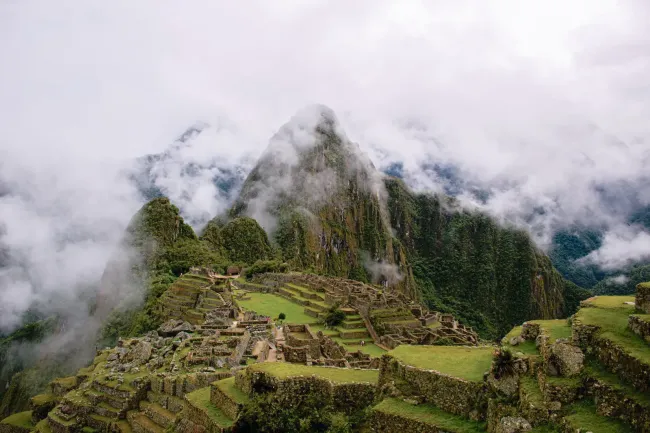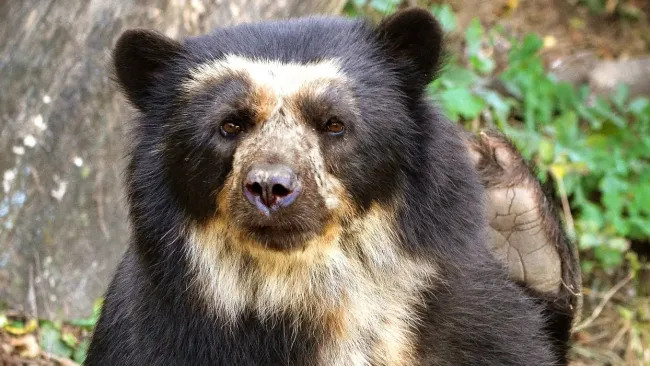This January 8, the Machu Picchu Historic Sanctuary Site celebrated its 43rd anniversary of designation with conmemorative activities and plans for the future.
Machu Picchu is the most important legacy of the Inca culture. It extends over 37 thousand miles and is located in the subtropical cloud forest of Cusco. The site protects different ecological niches and biodiversity. It is a UNESCO World Heritage Site, as well as it is one of the Seven Wonders of the World. The Machu Picchu Historic Sanctuary Site is a natural area the Peruvian government protects.
It was built during the expansion of the Inca Empire and remained unoccupied for centuries. The restoration and conservation efforts reintroduced it to the world in 1915. Machu Picchu received over 2 million visitors in 2023. It is one of the most popular tourist attractions in South America.
The importance of Machu Picchu
The sanctuary preserves not only the citadel but also the surrounding Inca ruins, likewise the biodiversity of flora and fauna. Machu Picchu is home to numerous remarkable species. For example, the Cock of the Rock, the Andean Condor, and the Spectacled Bear, as well as over 400 orchid species.
The commemorative event for its 43rd Anniversary as a Historic Sanctuary Site was held at Aguas Calientes, Machu Picchu town. It was organized by the National Service for Natural Protected Areas and the Machu Picchu Municipality. The participants in the activities were representatives of the Culture Ministry of Peru, tour operators, and locals.
Conservation of Machu Picchu
Finally, it is important to emphasize the importance of promoting a culture of conservation of Machu Picchu and its surroundings. Organizations and local people should work together to achieve this goal and continue good actions for it. The correct conservation of archaeological sites is fundamental for sustainable long-term tourism.
Published on January 11, 2024



